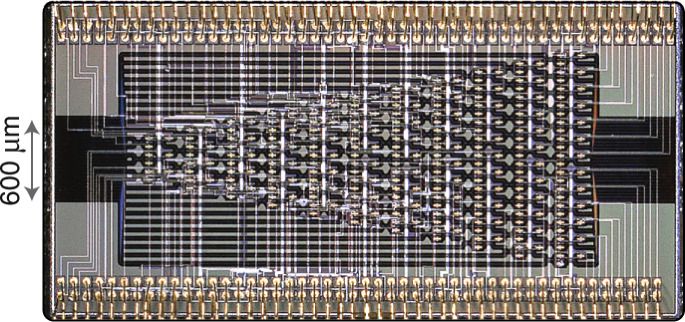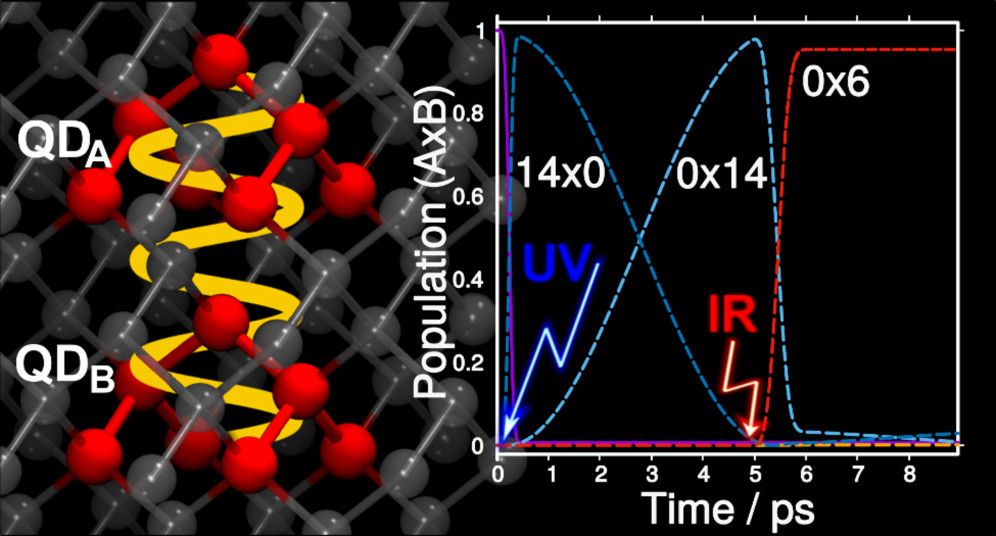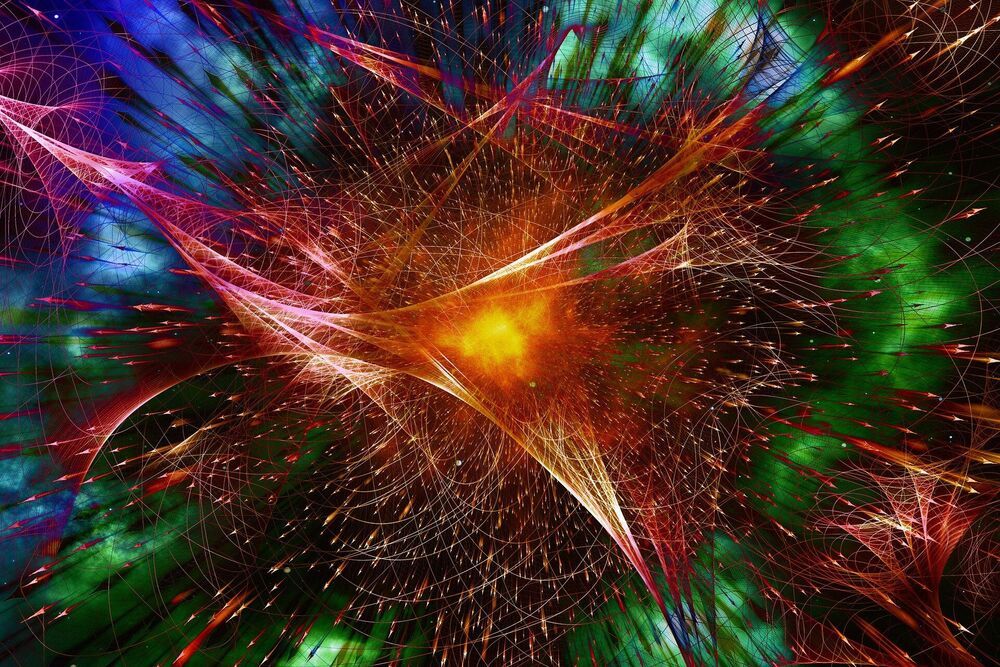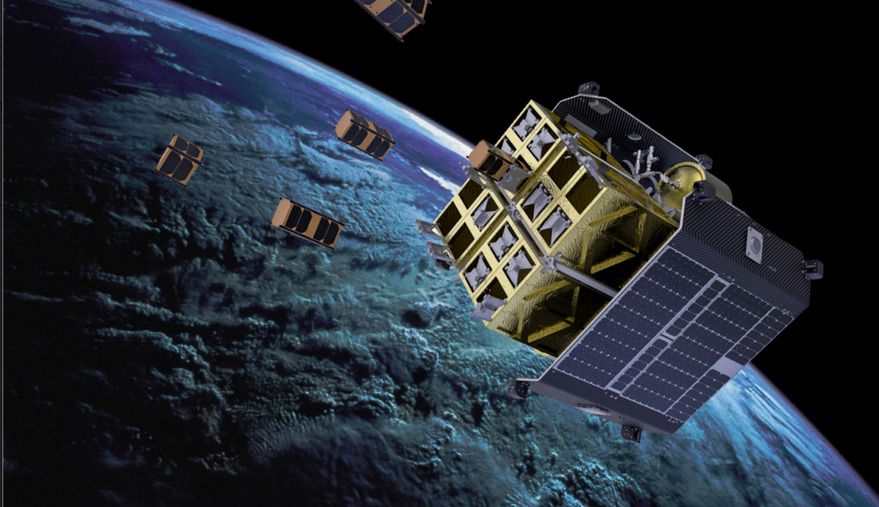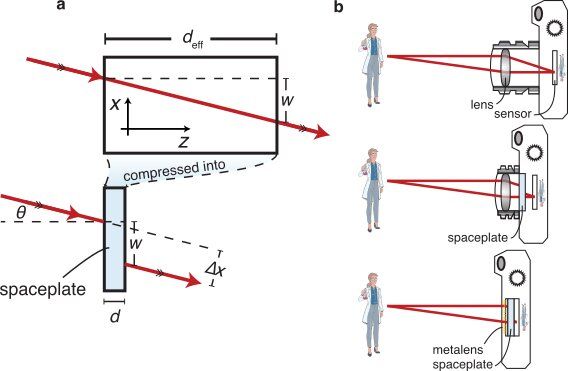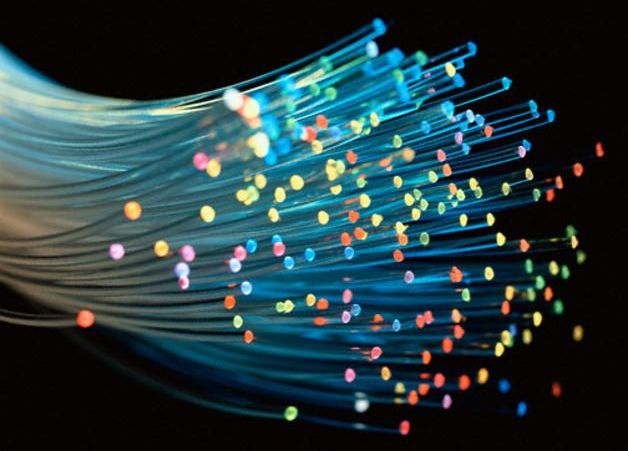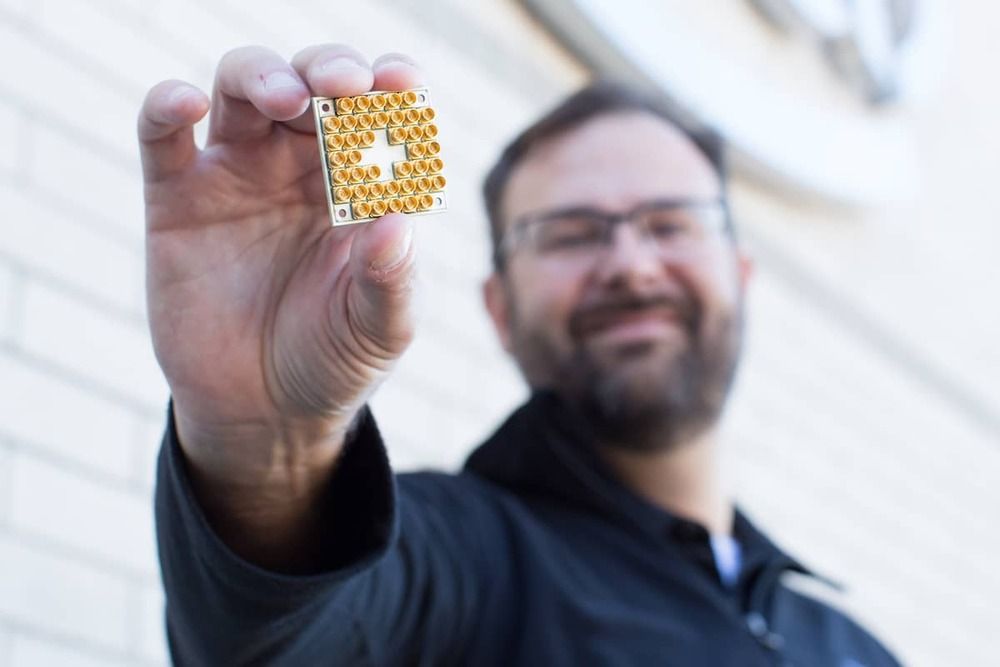Jun 11, 2021
The rise of integrated quantum photonics
Posted by Quinn Sena in categories: computing, quantum physics
Just as microelectronics transformed the modern world through the creation of the integrated circuit, which is now at the heart of most electronic devices, quantum photonics needs an equivalent platform to fulfil its application potential. In this special focus issue of Nature Photonics, we report on the progress in making this a reality with the developments in integrated quantum photonics (IQP).
In a Review Article, Jianwei Wang and colleagues provide a general overview and introduction to IQP circuits and summarize the present development of quantum hardware based on IQP chips. They remark that the challenge for measurement-based quantum computation may shift from the need for deterministic gates to constructing a generic entangled cluster-state, on which any quantum computation could be mapped by a sequence of measurements.
IQP circuits are also a desirable platform for chip-based quantum communications. However, fully integrated chip-based quantum communication has not yet been realized, largely because of the integration difficulties between silicon wafers that feature optical waveguides and other passive components and light sources and photodetectors that are made from different semiconductors. Key components such as transmitters and receivers for quantum key distribution and quantum random number generators are instead individually fabricated.
